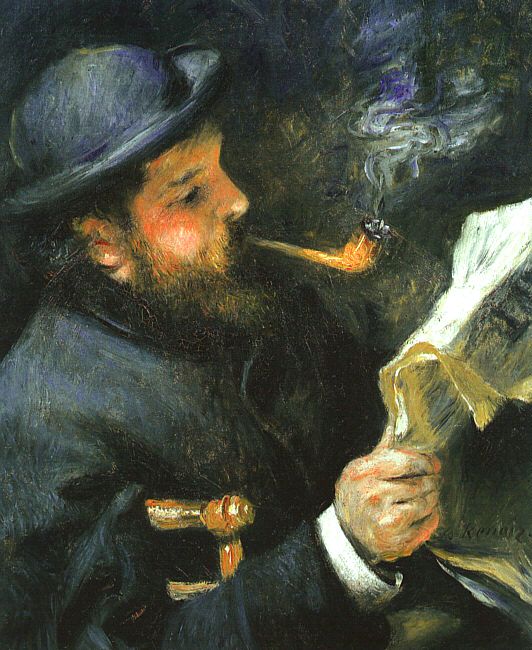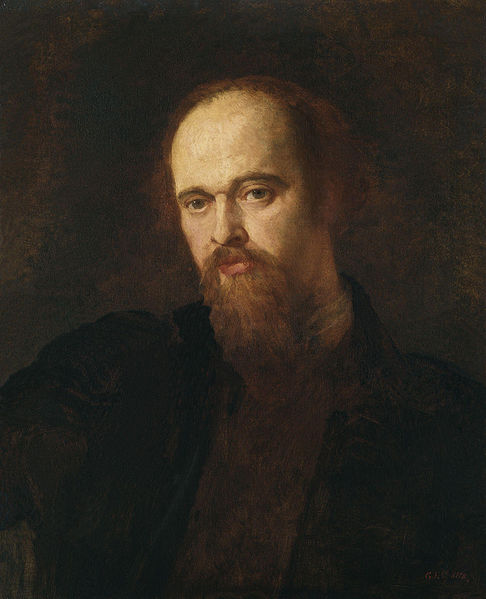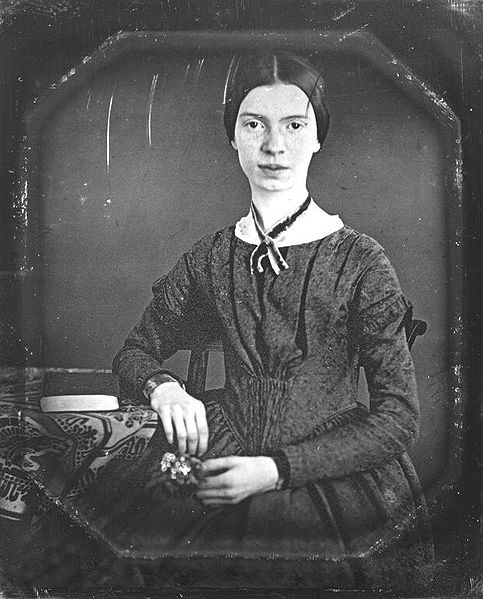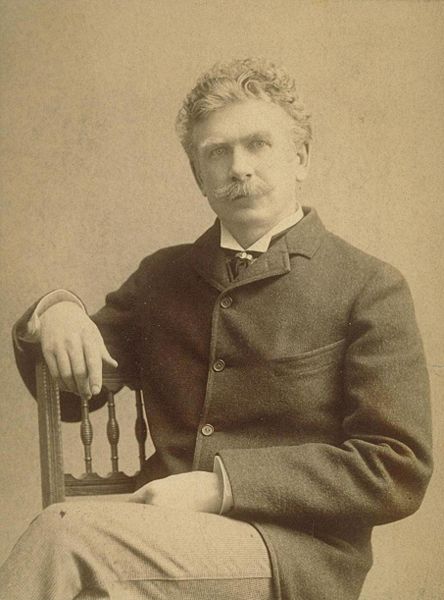Name That Generation!
By:
June 26, 2010

William Strauss and Neil Howe claimed that their generational periodization scheme (GPS) — i.e., 22-year generations, and “generational archetypes” repeating every 90 years — remains consistent all the way back to 1433. They also claimed that their GPS could predict the future! For example, they described the characteristics of the New Silent generation (later renamed the Homeland generation) back in ’91, even though the eldest members of this so-called generation wouldn’t be born until 2001. Strauss and Howe’s GPS, as they say in chop-socky movies, is no good.
My own GPS isn’t particularly scientific — no GPS can be — but at least it’s based on hard evidence; it’s not mystical-cyclical. Though I won’t be shocked if it turns out that men and women born between, say, 2014 and ’23 form a coherent generation, I can’t say for certain that this is going to happen. I’ve been reluctant to describe, much less name, the cohort born from 1994-2003, because they haven’t accomplished anything yet! (Remember the about-face Time Magazine and others did in 1997, when the young men and women they’d once dismissed as directionless slackers started running dotcoms like Yahoo!, Netscape, and Google?) As far as the past is concerned, I’ve so far only looked at Americans and Western Europeans born between 1843 and 1993; when it comes to them, I submit, my GPS is more useful than any other.
So what about men and women born between 1824 and ’33, or between 1834 and ’43? Do they form meaningful generations? Strauss and Howe claim that everyone born from 1822-42 are part of the so-called Gilded Generation. I don’t buy it! For example: while both generations (of Americans) were deeply affected by the Civil War, most men and women born from 1825-33 were in their 20s and 30s during the Civil War, while most men and women born from 1834-43 were in their teens and 20s; their experience of the war differed.

What about literary, intellectual, and artistic movements? Men and women born from 1825-33 were in their teens and 20s in the Eighteen-Forties (1844-53; not to be confused with the 1840s), and in their 20s and 30s in the Eighteen-Fifties (1854-63). Men and women born from 1834-43 were in their teens and 20s in the Eighteen-Fifties, and in their 20s and 30s in the Eighteen-Sixties (1864-73). When we think of these decades, we think of the transition from Romanticism to Modernism: e.g., Impressionism, Symbolism, Aestheticism, Pre-Raphaelitism.
In France, nearly every single one of the founding Impressionists (the first avant-gardists) was born from 1834-43: Claude Monet, Pierre-Auguste Renoir, Alfred Sisley, Frédéric Bazille, Paul Cézanne, Edgar Degas, Armand Guillaumin, Berthe Morisot. (Camille Pissarro and Édouard Manet, who joined later, were born before ’34; Mary Cassatt, born in ’44, would be an honorary member of this cohort.)
The Symbolist movement in literature and art was mostly spearheaded by members of what is starting to look like an 1834-43 cohort: Auguste Villiers de l’Isle-Adam, Stéphane Mallarmé, Algernon Charles Swinburne, Henri Fantin-Latour, Odilon Redon. (Paul Verlaine, born in ’44, would be an honorary member of this cohort; Gustave Moreau was older.) Aestheticism, the British branch of Symbolism, was pioneered by Swinburne, James McNeill Whistler, and Edward Burne-Jones, and influenced by Walter Pater: all born from 1834-43, except Burne-Jones, who was born on the cusp of this cohort, in ’33. And in America, the pioneering pragmatists — Oliver Wendell Holmes, Jr., William James, and Charles Sanders Peirce — were born from 1834-43.

Though they were modernist, artists and writers born from 1825-33 weren’t avant-gardists. They tended to be arrière-gardists (I may not be using the term correctly) who cast longing glances back to the Middle Ages — e.g., the pioneering Pre-Raphaelites (William Holman Hunt, John Everett Millais and Dante Gabriel Rossetti; William Morris was born later) — or childhood, e.g., the scientific romances of Jules Verne [NB: in Mythologies, Barthes notes that Verne’s characters tend to withdraw into fully furnished, hermetically sealed spaces, i.e., like childrens’ tree-forts]. Or else they were fantasists — Lewis Carroll, George MacDonald, Christina Rossetti, H. P. Blavatsky, Gustave Doré — who revived and rebooted ancient myths, fairy tales, and esoteric cosmology. If they do form a cohort, it’s perhaps the last passionately Romanticist one; Symbolism and Impressionism, of course, eschewed Romanticism’s stormy emotions.

So here are a few iconic members of what I think is a coherent generation born from 1825-33: Camille Pissarro, Christina Rossetti, Dante Gabriel Rossetti, Eadweard Muybridge, Edouard Manet, Emily Dickinson, George MacDonald, Geronimo, Gustave Doré, Gustave Moreau, H. P. Blavatsky, Henrik Ibsen, John Everett Millais, Jules Verne, Leo Tolstoy, Lewis Carroll, Louisa May Alcott, Sitting Bull, Thomas Henry Huxley, Wilkie Collins. What might you name this cohort?

And here are a few iconic members of what I think is a coherent generation born from 1834-43: Alfred Sisley, Ambrose Bierce, Auguste Villiers de l’Isle-Adam, Charles Sanders Peirce, Claude Monet, Edgar Degas, Ernst Haeckel, Henry Adams, Henry James, James McNeill Whistler, Leopold von Sacher-Masoch, Mark Twain, Mother Jones, Odilon Redon, Paul Cézanne, Paul Verlaine [honorary], Pierre-August Renoir, Stéphane Mallarmé, Thomas Hardy, Wild Bill Hickok, William Dean Howells, William James, William Morris, and Winslow Homer. What might you name this cohort?
